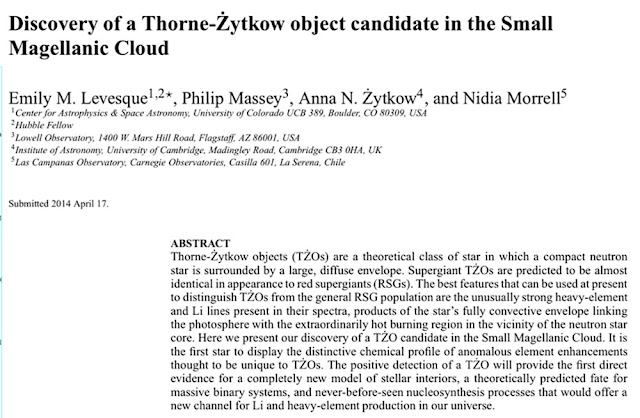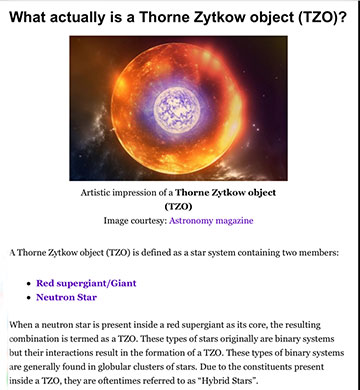Greetings from Palmia Observatory
Well this week we elected not to travel back to the US east coast in an attempt to see the upcoming June 10 solar annular eclipse. We also discovered that it was going to be nearly impossible to measure the retrograde motion of Mercury.
It turns out that Mercury currently drops below the horizon at about 8:14 pm PDT as shown by this Go Sky Watch app screenshot.
 |
| Go Sky Watch app screenshot shows Mercury below horizon at 8:14 pm (Source: Palmia Observatory) |
You can see how bright the sky is at 8:14 pm PDT within a short walk from the observatory. In addition to the sky brightness, this location suffers by buildings and trees that obscure the horizon by a good 5 degrees, so Mercury drops out of view even earlier in the evening.
 |
| Skies still too bright at 8:15 pm to see Mercury (Source: Palmia Observatory) |
But if any of you have some great shots of the annular eclipse, be sure to share them with us. In other amateur astronomy news, we found this interesting presentation by Bob Buchheim on "The Astro Imaging Channel." Bob is well know in the OCA community, having served as the OCA secretary for many years and had his own 7.5 foot observatory dome in south OC. Now at this new location in Arizona, The Lost Gold Observatory is completed with 15 foot dome. It is good to see that you have finally completed your observatory construction at your new Arizona home. The 2-foot diameter concrete pier that goes up to the 2nd floor of the dome for mounting and isolating the telescope from the dancing feet of observers was especially impressive. Great job, Bob! You can check out the rest of the story at: https://www.youtube.com/watch?v=JwMzSd1opSs
 |
| Building your own 15 foot dome at Lost Gold Observatory (Source: Bob Buchheim) |
While we don't plan to build a larger observatory ourselves, we were able to attend the 238th meeting of the American Astronomical Society (AAS) and listen to astronomers with very big observatories. This meeting, again online, was initially scheduled to take place in Alaska, here Professor and current AAS President, Paula Szkody, welcomes us to this online version. Over 1,300 astronomers and astronomer wannabes were online.
 |
| Current AAS President, Paul Szkody, welcomes us to the online version of 238 meeting (Source: AAS) |
There were many interesting plenary sessions and other technical sessions to choose from and for now let us mention one in particular. Emily Levesque, University of Washington, told us about some of her research on red supergiant stars, one of which, Betelgeuse, had captured a lot of attention recently for its unusual dimming event in 2020. Emily described three conjectures as possible explanations for the dimming.
 |
| What is going on with Betelgeuse? (Emily Levesque, 238th AAS meeting) |
The light curve for Betelgeuse we see the unusual dimming event is repeated below. So which of the three conjectures caused this? We know that variable stars follow their own varying internal astrophysical processes, but the dimming seemed way excessive.
 |
| What is going on with Betelgeuse's light curve? (Emily Levesque, 238th AAS meeting) |
In trying to find evidence for what caused the dimming event, the use of spectroscopy is a key technology. Here we see that the spectra for Betelgeuse before the dimming event and the actual event looks like. Hmm, yep, it seems that the same astrophysical processes are going on as evidenced by much the same same spectra dips and such, while the overall spectra just suffers some broad diffuse dimming.
 |
| Spectra comparison between 2004 and 2020 (Emily Levesque, 238th AAS meeting) |
So the evidence seems to point to dust as the primary explanation as to Betelgeuse's dimming event, but where that dust comes from is still unknown. Surprisingly, the spectroscopic tests have now got good enough that the source of the dust is beginning to be pinned down to certain types of stars. Pretty neat!
 |
| Looks like dust is the cause, but where is the dust from? (Emily Levesque, 238th AAS meeting) |
So looking into the variability of Betelgeuse is not directed primarily by curiosity about that particular star, but in learning to understand the variable nature and processes going on in other variable red supergiant stars. New telescopes are coming on line that will help out in this study and will aim at getting better understanding of all of the physics going on inside the star and how the light that comes to us from those stars is modified by gas and dust that occurs between the star and us.
 |
| More tools to study red supergiants in 2020+ (Emily Levesque, 238th AAS meeting) |
It turns out that Emily's research into red supergiants goes much beyond some current interest in Betelgeuse and has apparently been involved in finding candidates for a new astrophysical object called a Thorne-Zytkow Object, or TZO for short. The TZO was theorized by Kip Thorne and Anna Zytkow in 1977 to consist of a neutron star that resides inside of a red supergiant star. Emily was instrumental in finding what might turn out to be the first observed instance of a ZTO, as outline in this 2014 paper.
 |
| Possible discovery of TZO candidate in 2014 (Source: Emily Levesque, arXiv: 1406.0001v1) |
Here is an artists impression of a ZTO with a neutron star buried inside of the red giant. Of course, we wouldn't be able to directly see the neutron star but its physical effects are predicted to generate measurable effects.
 |
| Artistic impression of TZO (Source: secretsofuniverse.in) |
So what is the current status of TZO research? Hmm, I'm not sure. There are several other candidates that are being investigated, but you need to identify specific observational details that result from having a neutron star inside and identifying and finding these details is ongoing. There were several other sessions on the topic at the 238th meeting and I will have to go back and look at the recorded sessions when they become available. For now, if you want to get a more historical discussion of the many stargazers and astronomers throughout history, check out Emily Levesque's book, "The Last Stargazers." I had not heard of of Emily Levesque before Likes the Mountains and Planetary Defense, David, alerted me to her recent lecture at the OCA general meeting. Now we see at the 238th AAS meeting that Emily has a long history in astronomical observations in red supergiants, Betelgeuse and TZOs. Thanks for the recommendation, David!
 |
| The Last Stargazers (Source: Emily Levesque) |
Finally, let's end up this particular discussion about the 238th AAS meeting with s screenshot from the members meeting group. We need to take off our physicist wannabe hats and put our MBA hats back on and look at how organizations like AAS are able survive in our financial world. We heard that hotel and conference center cancellation fees for meetings, which were arranged years before the pandemic, were an expensive hit to the operating budget. We see right away that the revenue does not come primarily from member dues but from subscriptions to Astrophysics Journal (Apj) and even from the recently rescued Sky and Telescope magazine. Even organizing meetings is a source of revenue for the AAS. Yeah!
 |
| Financial revenues as discussed at the user meeting at the 238th AAS meeting (Source: AAS) |
Until next time, here from our burrow, stay safe, as we recover more of our freedom,

No comments:
Post a Comment